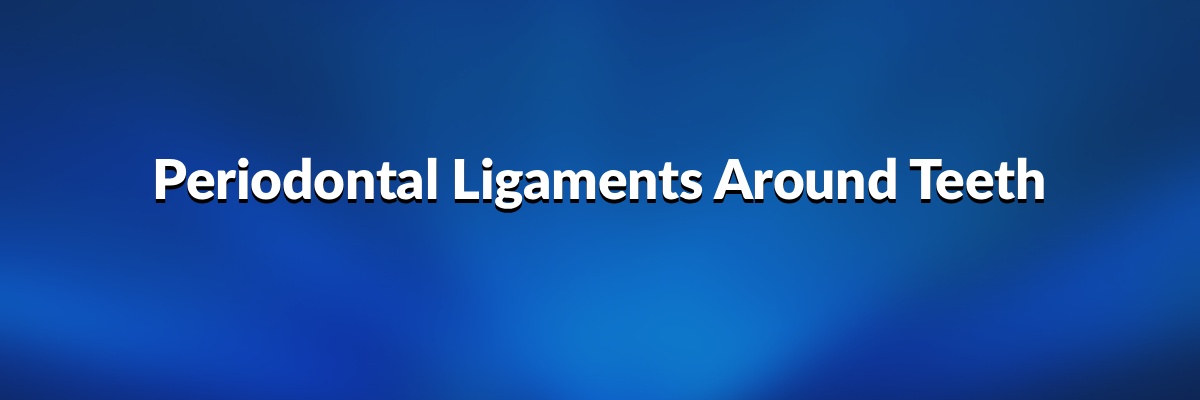Ellis Classification of Dental Trauma
- Class I: confined to enamel
- Class II: enamel and dentin
- Class III: enamel, dentin, and pulp
- Class IV: root fracture
- Also can be described as complicated (involving the pulp) and uncomplicated (not involving the pulp)
- Optimal success of treatment is to replant and stabilize avulsed teeth within 2 hours. The PDL cells become irreversibly necrotic after this time frame. Treatment with a non-rigid splint will allow movement of the tooth, allowing the PDL to heal. Failure after replantation of an avulsed tooth occurs mostly due to internal resorption, external resorption, pulpal necrosis.
- Intrusive forces are more likely to cause direct compressive injury to the pulpal vascular supply than forces in any other direction. The risk of pulpal necrosis after intrusion of teeth with a close apex is 95% and for open apex is 65%.
- Dental trauma vs dentoalveolar trauma: Isolated tooth avulsion is treated by splinting for seven to ten days with isolation from occlusal function and endodontic therapy on theeth with fully developed apices. In the case of a true alveolar fracture, three to four weeks, or twenty one to twenty eight days is an appropriate duration of arch bar fixation.






